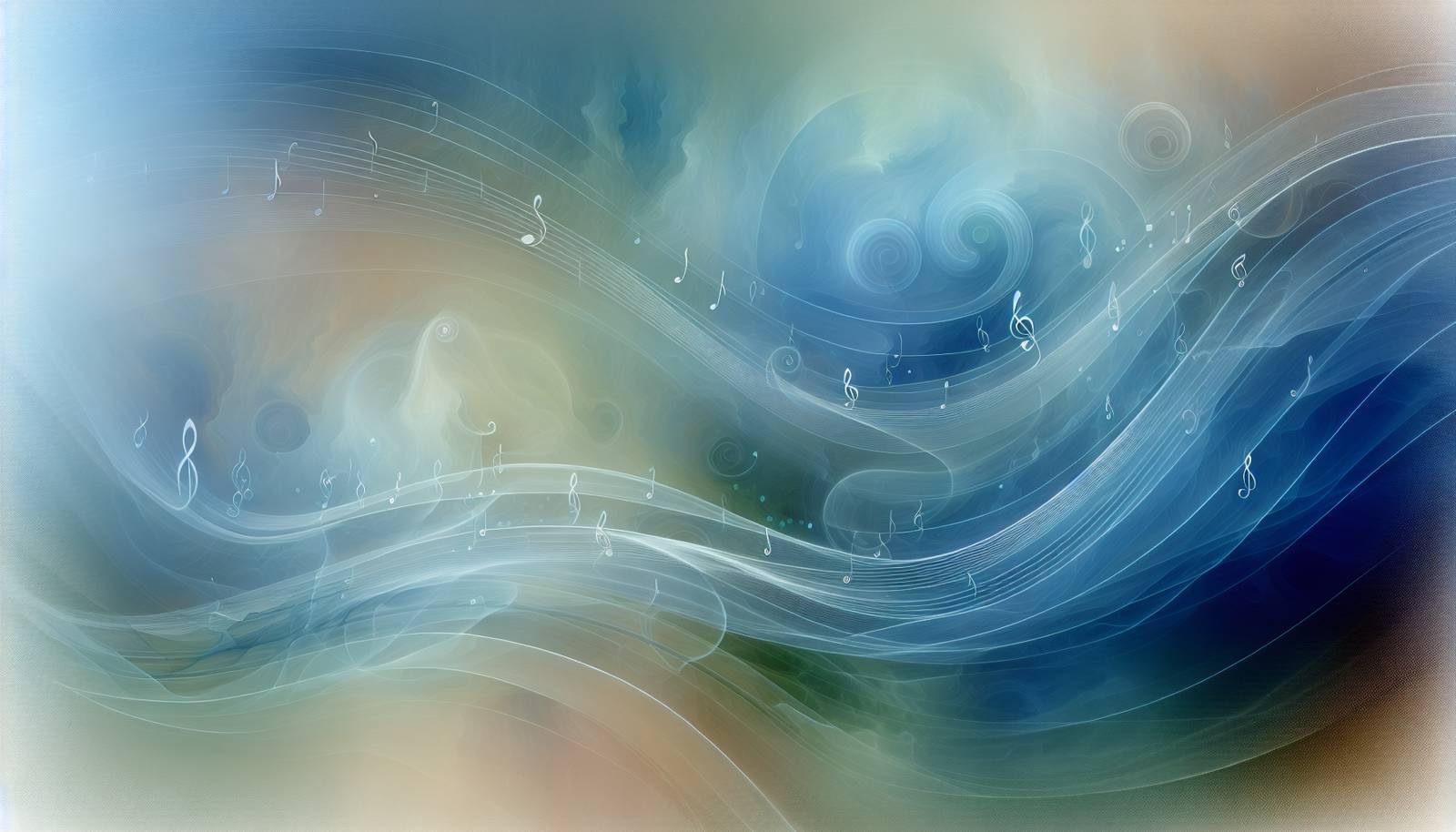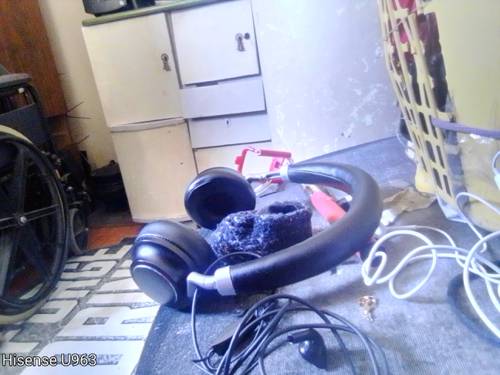
FAQ About The Influence of Traditional Healing Music in Modern Therapeutic Practices

What is traditional healing music?
Traditional healing music refers to the musical traditions rooted in various indigenous and cultural practices around the world. It often incorporates specific rhythms, melodies, and instruments unique to particular communities and is used historically for healing, rituals, and community bonding.

How is traditional healing music used in modern therapy?
In modern therapy, traditional healing music is used to promote relaxation, emotional expression, and psychosomatic wellness. Therapists might integrate it into sessions to help reduce stress, manage pain, and enhance mood by tapping into the music's meditative and spiritual qualities.

What are some examples of traditional healing music?
Examples of traditional healing music include Native American flute music, Tibetan singing bowls, African drumming, and Indian ragas. Each of these music styles has distinct characteristics and historical roots within their respective cultures.

Can traditional healing music improve mental health?
Yes, traditional healing music can positively affect mental health. It is often used to alleviate anxiety, enhance relaxation, and improve mood. By inducing a state of calm, it can be a supportive tool in managing stress and depression.

Is there scientific evidence supporting the use of traditional healing music in therapy?
Research in music therapy has shown that various forms of traditional healing music can reduce stress, pain, and anxiety, though more studies are needed specifically targeting each music form. The existing evidence supports its beneficial effects in enhancing therapy outcomes.

How do therapists integrate traditional healing music into treatment?
Therapists may use traditional healing music during meditation, guided imagery sessions, or as background ambiance in therapeutic settings. They tailor the music choice to the individual needs of the client and the specific objectives of the therapy.

What instruments are commonly used in traditional healing music?
Common instruments in traditional healing music include drums, flutes, rattles, string instruments, and bells. These instruments are chosen for their soothing tones and rhythms that are believed to promote healing and relaxation.

Can traditional healing music be combined with other therapeutic methods?
Yes, traditional healing music is often combined with other therapeutic methods like yoga, meditation, psychotherapy, and breath work. This combination can enhance the therapeutic effect by providing a holistic approach to healing.

What are some common benefits of traditional healing music in therapy?
Common benefits include stress reduction, mood enhancement, and improved emotional stability. Traditional healing music can also promote better sleep and pain management, facilitating a holistic healing process.

Are there specific cultures known for their healing music traditions?
Yes, numerous cultures are renowned for their healing music traditions, including Native American, Tibetan, African, and Indian. These cultures utilize music with specific instruments and rituals to aid in healing practices.

Is traditional healing music suitable for all therapy patients?
While traditional healing music can benefit many people, its suitability depends on individual preferences and conditions. It's essential for therapists to consider personal tastes and cultural contexts to ensure the music's effectiveness and acceptance.

How does traditional healing music differ from contemporary music used in therapy?
Traditional healing music often emphasizes specific cultural and historical elements, while contemporary therapeutic music might include a broader range of styles and new compositional techniques. The traditional approach often focuses on established practices tied to community and spirituality.

Can traditional healing music be used for physical health issues?
Traditional healing music can assist in managing physical health issues by promoting relaxation and reducing pain perception. It can be an effective complementary approach for conditions such as chronic pain and hypertension.

What role does cultural understanding play in using traditional healing music in therapy?
Cultural understanding is crucial in the application of traditional healing music in therapy. It ensures respect for the cultural significance of the music and helps therapists select appropriate pieces that align with the client's background and therapeutic needs.

How can one access traditional healing music for personal use?
Traditional healing music is accessible through various platforms, including streaming services, YouTube, and specialized apps dedicated to meditation and relaxation music. Many artists and practitioners also distribute CDs and digital downloads of healing music.

Do therapists need special training to use traditional healing music?
While not always mandatory, training in music therapy or cultural music traditions can enhance a therapist's ability to effectively incorporate traditional healing music into therapy. Understanding the historical and cultural contexts improves their competence and the therapy's impact.

Can traditional healing music help with trauma recovery?
Traditional healing music has been used in trauma recovery to create safe spaces and facilitate emotional release. It can help individuals process and integrate traumatic experiences, though it should be part of a broader therapeutic strategy.

How does the rhythm of traditional healing music influence its therapeutic effects?
The rhythm in traditional healing music can influence its therapeutic effects by aligning with natural body rhythms like breathing and heartbeat. This synchronization can aid in relaxation, grounding, and emotional stabilization.

What challenges exist in integrating traditional healing music into mainstream therapy?
Challenges include cultural sensitivity, adequate training for therapists, and varying client receptivity. Respecting the music's origin and ensuring therapists are well-informed about its traditional use are essential for ethical practice.

Are there any risks associated with using traditional healing music in therapy?
Generally, traditional healing music is considered safe. However, potential risks might include cultural misappropriation or if the music inadvertently triggers negative emotions in some clients. Proper assessment and supervision by trained therapists are key to mitigating these risks.
